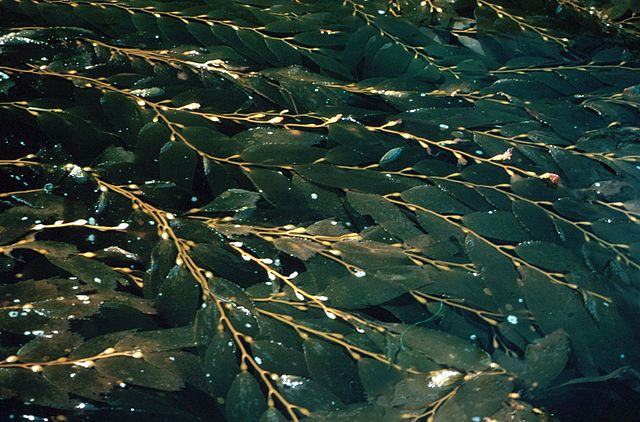The lion's mane jellyfish, also known as the giant jellyfish, arctic red jellyfish, or the hair jelly, is one of the largest known species of jellyfish. Its range is confined to cold, boreal waters of the Arctic, northern Atlantic, and northern Pacific Oceans. It is common in the English Channel, Irish Sea, North Sea, and in western Scandinavian waters south to Kattegat and Øresund. It may also drift into the southwestern part of the Baltic Sea. Similar jellyfish – which may be the same species – are known to inhabit seas near Australia and New Zealand. The largest recorded specimen was measured off the coast of Massachusetts in 1865 and had a bell with a diameter of 210 centimetres and tentacles around 36.6 m (120 ft) long. Lion's mane jellyfish have been observed below 42°N latitude for some time in the larger bays of the East Coast of the United States.
Lion's mane jellyfish
Lion's mane jellyfish ephyrae form between two medusas.
Lion's mane jellyfish, contracting
Lion's mane jellyfish capturing three moon jellyfishes
This article lists the largest organisms for various types of life and mostly considers extant species, which found on Earth can be determined according to various aspects of an organism's size, such as: mass, volume, area, length, height, or even genome size. Some organisms group together to form a superorganism, but such are not classed as single large organisms. The Great Barrier Reef is the world's largest structure composed of living entities, stretching 2,000 km (1,200 mi), but contains many organisms of many types of species.
Although it appears to be multiple trees, Pando is a clonal colony of an individual quaking aspen with an interconnected root system. It is widely held to be the world's most massive single organism.
The blue whale is the largest animal alive today.
Armillaria ostoyae
Macrocystis pyrifera, the largest species of giant kelp








